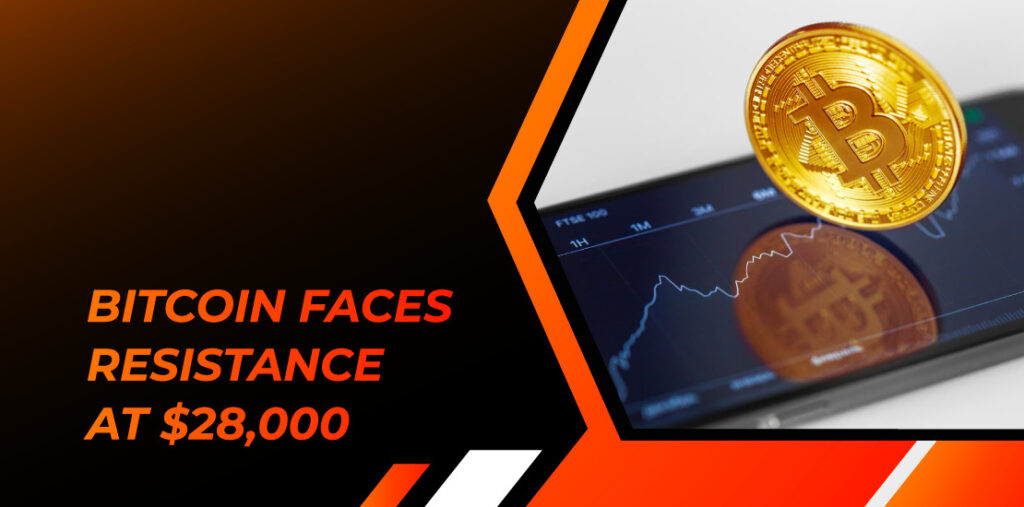- May 19, 2023
- Posted by: [email protected]
- Category:


Despite the recent price drop, Bitcoin traders have demonstrated perseverance and strength. The cryptocurrency’s price declined for eight consecutive days until May 13, resulting in a 9.4% correction, the longest losing streak since June 14, 2022. However, professional traders remained bullish, particularly after Bitcoin retested the $25,800 support on May 12, despite network congestion and increased transaction fees.
Analysts have speculated that a coordinated attack aimed at causing network instability was responsible for the high transaction fees. While such fees make the network unusable for smaller players, they also impact the use of layer-2 scaling solutions such as the Lightning Network. Nevertheless, the average transaction fee had dropped by 83% to $5.10 by May 12 from a $31 peak on May 7.
Given the uncertainties around cryptocurrency regulation, traders are already doubting if Bitcoin can rebound above $28,000. Bitcoin futures and options data show moderate weakness, but a rally in BTC’s price could happen as investors price in higher odds of a U.S. government debt default.
The current high-interest rate environment favors fixed-income trades, while the risks of an economic downturn negatively weigh on risky assets such as Bitcoin. Traders should be careful if Bitcoin futures contract premiums flip negative or if increased costs for hedging using options occur.
Bitcoin quarterly futures typically trade at a slight premium to spot markets, indicating that sellers are asking for more money to delay settlement. In healthy markets, BTC futures contracts should trade at a 5 to 10% annualized premium, known as contango. However, Bitcoin traders have been extremely cautious in the past two weeks, and the BTC futures premium stood at 1% or higher even after the recent correction.
Traders could also look at options markets to see if the correction has made investors more optimistic. The 25% delta skew is a telling sign of when arbitrage desks and market makers overcharge for upside or downside protection. If traders anticipate a Bitcoin price drop, the skew metric will rise above 7%, while phases of excitement tend to have a negative 7% skew.



